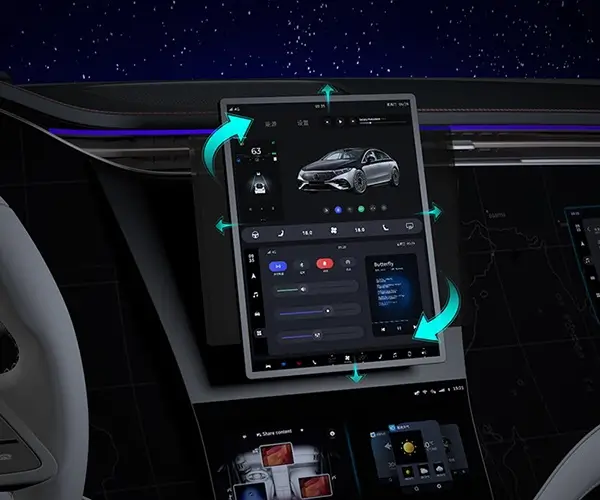Imagine this: you're diving into a fresh microservices project, and suddenly, GitHub pops up as your best buddy. There’s this whole universe of Java microservices repositories that are literally brimming with ready-to-use code, robust architectures, and lessons learned the hard way. Picking the right one, it’s like finding that perfect pair of shoes—you know it when you see it, but sometimes you gotta sift through a mountain of options.

So, why would you bother with a Java microservices project on GitHub? First off, because it’s like having a head start. You get to see real-world implementations, understand how folks handle service communication, deployment, and scaling. It's not just theory—these repositories come packed with actual code, version histories, and community feedback. That’s invaluable if you're trying to learn faster or if you want to avoid classic pitfalls.
You might wonder: what makes some projects stand out? It’s often the structure. Clear separation of services, clean API designs, modular approach, and smart use of tools like Spring Boot, Docker, or Kubernetes. When browsing repositories, check out the README files—they are like a map guiding you through setup, deployment, and scaling options. Some projects even include CI/CD pipelines which are gold for automating everything from build to deployment.
Speaking of automation, integrating these repositories with your workflows can save days—or even weeks. Imagine deploying a complex microservices architecture with just a few commands. That’s the power of well-maintained GitHub projects. Plus, with issues and pull requests open, you get a living, breathing project—fast fixes, community support, and continuous improvement.
When you assess a GitHub Java microservices project, don’t just glance at the number of stars. Dig into the commit history—what kind of updates happen? Are they actively maintained? Are there recent contributions? These clues give insight into how vibrant and reliable the project is.
A common question: can I customize these projects easily? Absolutely. They’re designed to be extensible, so adding your features or integrating with your existing systems tends to be straightforward. It’s like building on a solid foundation—no need to tear everything down and start from scratch.
Now, think about the benefits—faster development, better scalability, less headache. Why reinvent the wheel? Use a proven, open-source Java microservices project as your playground. Turn it into a tailored solution faster and with less risk.
Want to make your microservices project stand out? Dive into GitHub repositories, explore the architecture, see what’s open-source community-driven and keep an eye on the projects with active forks and recent commits. That’s how you stay ahead of the curve, dial in your project’s maturity, and maybe even contribute back—because sharing back what you learn from these projects? That can be for another story. For now, finding that perfect GitHub project might just be your game-changer.
Established in 2005, Kpower has been dedicated to a professional compact motion unit manufacturer, headquartered in Dongguan, Guangdong Province, China. Leveraging innovations in modular drive technology, Kpower integrates high-performance motors, precision reducers, and multi-protocol control systems to provide efficient and customized smart drive system solutions. Kpower has delivered professional drive system solutions to over 500 enterprise clients globally with products covering various fields such as Smart Home Systems, Automatic Electronics, Robotics, Precision Agriculture, Drones, and Industrial Automation.




































